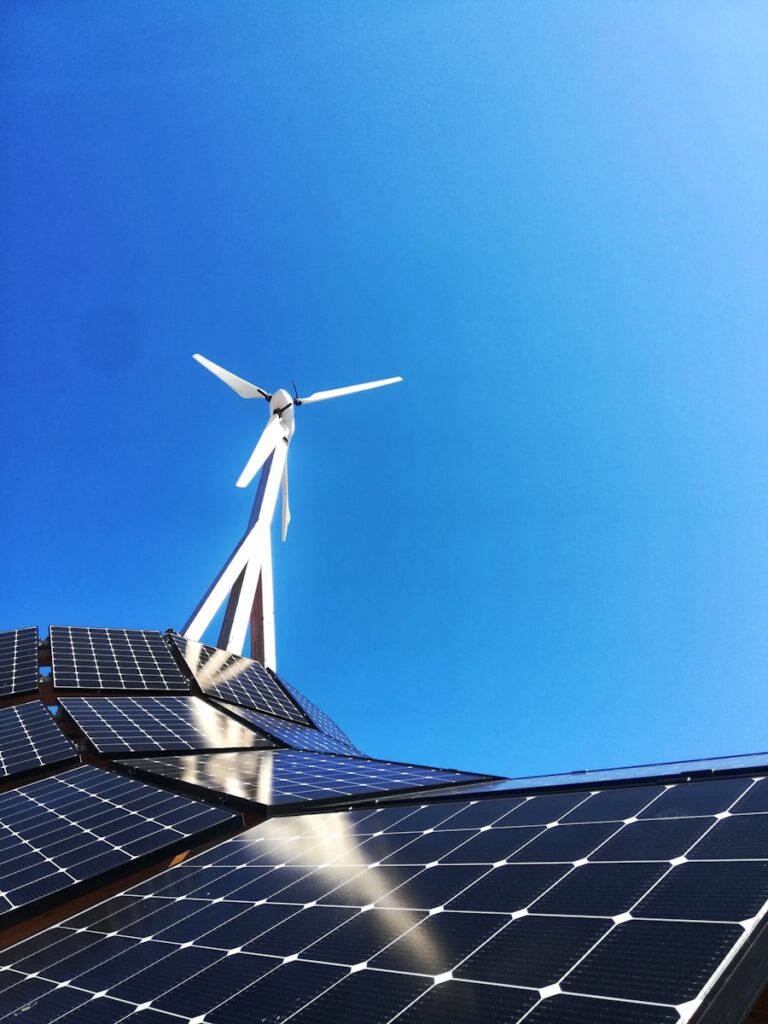Poland stands at a critical juncture in its energy transformation. While the country has made significant strides in promoting renewable energy adoption through EU-funded subsidy programs, a recent policy analysis reveals that deep-rooted barriers continue to prevent many Polish households from going green.
Promise of Subsidies
Poland has implemented three major national programs to help households transition away from fossil fuels. The “My Electricity” initiative has been particularly successful, disbursing nearly €650 million to subsidize over 555,000 photovoltaic installations. “My Heat” supports heat pump installations in new buildings, while “Clean Air” offers comprehensive support for heating system upgrades and insulation in existing homes.
Together, these programs have attracted substantial interest from Polish homeowners and contributed to meaningful carbon emissions reductions. The My Electricity program alone has enabled an estimated reduction of 2.56 billion kilograms of CO₂ emissions annually.
Reality of Renovation
Despite these achievements, survey data from October 2024 reveal a more complicated picture. Among 1,000 representative Polish residents surveyed, awareness of subsidy programs is relatively high, particularly among homeowners. Yet significant obstacles prevent many from taking action.
The most pressing barrier is economic. Poland’s income inequality creates a challenging landscape for energy efficiency investments. The lowest-income households earn an average of just €419 per person monthly, while the highest quintile earns €1,473—a 3.5-fold gap. Compounding this, 18% of Poles have no savings whatsoever, making upfront investment costs prohibitive even with partial subsidies.
The subsidy structure itself poses challenges. Programs like My Electricity and My Heat require beneficiaries to pay all costs upfront before receiving reimbursement, placing an immediate financial burden on households with limited cash reserves. Even where subsidies cover 40-70% of costs for middle-income households, many families still cannot afford their share of the investment.
Who Gets Left Behind?
Current eligibility criteria create structural inequalities that exclude vulnerable groups. Only property owners listed in Poland’s land and mortgage register can apply for most programs, automatically excluding renters and many cooperative housing residents. In Warsaw alone, over 300,000 apartments lack this registration.
This creates what researchers call the “split incentive problem”—landlords have little motivation to invest in energy efficiency improvements that primarily benefit tenants through lower bills, while tenants lack the authority to make such upgrades themselves. Focus group participants noted that landlords are “often reluctant to invest money in renovating rental properties.”
Urban residents also face systematic disadvantage. Two of the three major programs target single-family homes, despite 41.7% of Poles living in apartments. In cities with over 500,000 residents, 70% of people live in apartment buildings, yet these residents have limited access to green energy subsidies.
Historic building owners encounter additional bureaucratic hurdles. Heritage conservation regulations can prevent thermal insulation projects even when funding is available—a particularly significant issue given that 6.7% of Polish dwellings are in buildings over 100 years old.
The Information Gap
Beyond financial and eligibility barriers, awareness remains a critical challenge. While 15% of survey respondents cited insufficient knowledge as a reason for not applying, focus group discussions revealed deeper issues. Participants described application processes as “overly complex and lengthy,” with forms running dozens of pages. Though 82% of those who completed applications felt the effort was worthwhile, 32% needed assistance from installation companies or knowledgeable individuals to navigate the process.
Communication campaigns about available programs appear insufficient or ineffective. Focus group participants stated they would be more likely to participate if they received “support in preliminary calculations” or “information about expected savings,” noting a lack of visible outreach like billboards or accessible consultations.
Path Forward
The analysis concludes with targeted recommendations addressing these multifaceted challenges. Key proposals include introducing state-backed loan guarantees to reduce borrowing costs, creating unified online platforms to simplify applications, and establishing dedicated municipal advisors to provide in-person guidance.
Expanding eligibility criteria emerges as crucial—extending subsidies to apartment buildings, properties without land registry entries, and carefully reconsidering heritage restrictions where appropriate. For the rental market, the report recommends financial incentives for landlords to invest in energy efficiency, addressing the split incentive problem while protecting tenants from displacement through rent increases.
Perhaps most importantly, the analysis calls for stronger public awareness campaigns and greater funding for municipal-level programs that can adapt to regional needs. Some Polish cities have already demonstrated success with localized initiatives like Poznań’s Jackdaw Bis program, which eliminated over 5,000 coal and wood-fired stoves.
Conclusion
Poland’s experience illustrates a broader truth about climate policy implementation: good intentions and substantial funding alone cannot overcome structural barriers. The country’s subsidy programs have achieved measurable environmental benefits, but their full potential remains unrealized.
As Poland aims to renovate 7.5 million buildings by 2050, addressing the economic, bureaucratic, and awareness barriers identified in this analysis will be essential. The challenge is not simply technical or financial—it requires redesigning programs to reach the most vulnerable households, simplifying processes, and ensuring that Poland’s green transition leaves no one behind in poorly insulated, fossil fuel-dependent homes.
Based on: “Can Polish Households Go Green?” by Klaudia Rodziejczak, Krzysztof Mączka, Maciej Milewicz, Miłosz Hodun, a report created as a part of the JustGreen CERV Project.
Continue exploring:
War and Lack of Economic Freedom Continue to Cripple Ukraine’s Economy



